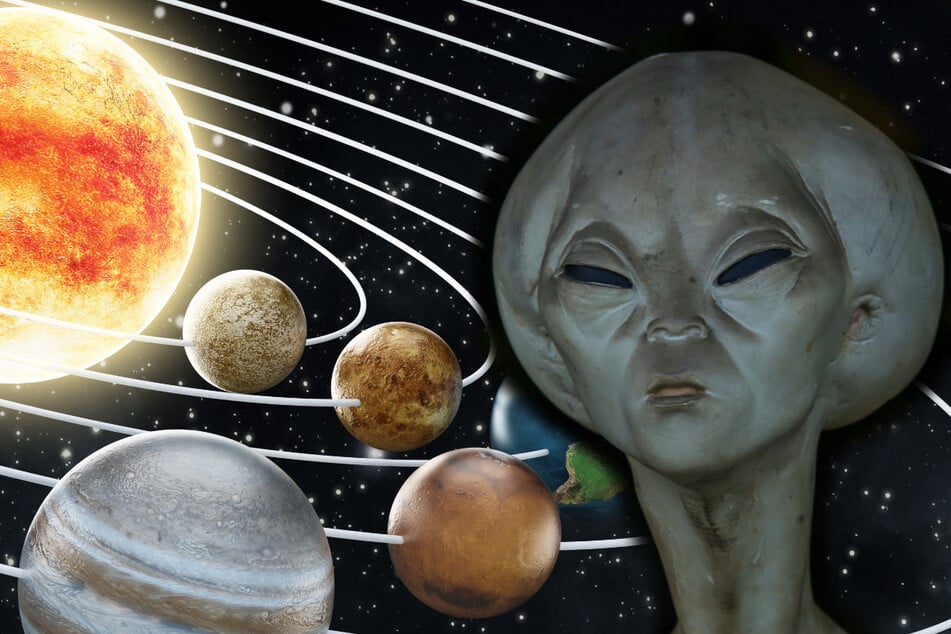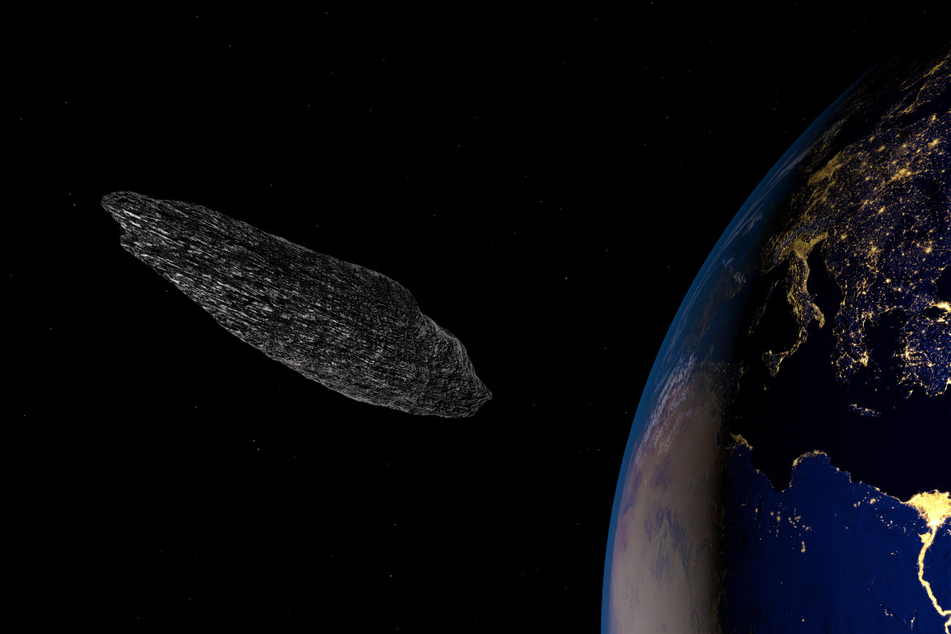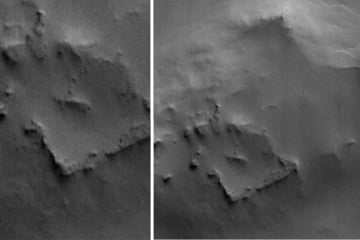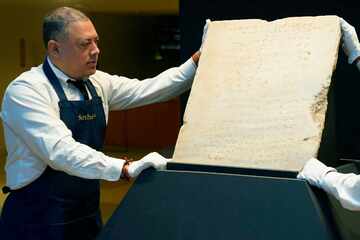Harvard professor thinks aliens visited us in 2017 and more will follow
Cambridge, Massachusetts - In 2017, scientists observed the sudden appearance of a strange, cigar-shaped asteroid in our solar system. A Harvard University professor now claims the object was actually a piece of alien technology – and he offers (inter)stellar evidence.

Avi Loeb is neither a random scientist nor a conspiracist. Rather, he is an acclaimed Harvard professor and theoretical physicist with expert knowledge on astrophysics and cosmology. The 58-year-old has worked as chairman of the astronomy department at the world-famous university since 2011.
If anyone can claim they know a lot about space, it's Loeb. All the more impressive is his statement that the first sign of intelligent life outside Earth skimmed through our solar system as recently as 2017.
In his upcoming book, Extraterrestrial: The First Sign of Intelligent Life Beyond Earth set to be published on January 26, the professor makes a compelling case for why an object that recently flew through our solar system was not an asteroid – as many scientists have claimed – but actually a piece of alien technology.
The object in question first crossed Earth's solar orbit on September 6, 2017, the New York Post reported. An observatory in Hawaii spotted the flying object and dubbed it Oumuamua, which is Hawaiian for "scout."
On September 9, the celestial body passed the sun, and on October 7, it once again came close to Earth before disappearing into the "blackness beyond," Loeb writes in his book.
Many scientists believed the object was a comet at the time, but Loeb warned them against allowing "the familiar to define what we might discover."
Astronomer provides evidence why the flying object could be a alien technology

A number of unusual features of the mysterious object led Loeb to the conclusion that the spade-shaped body was more than just a rock.
The object was a lot longer than it was wide, resembling a cigar in shape. No observed asteroid has ever looked close to that shape.
In addition, "Oumuamua was unusually bright. It was at least ten times more reflective than typical solar system asteroids or comets," the author writes.
Loeb likened its surface to shiny metal.
Add to that its irregular movement, and the case gets stronger: scientists can usually calculate the exact path an object will take and what speed it should travel due to the gravitational force exerted by the sun, but Oumuamua defied the calculations.
When Oumuamua got closer to the sun, it sped up and accelerated as it moved past the star. Usually, objects slow down as they get further away from the sun. In Oumuamua’s case, it continued to speed up.
Some scientists do not believe in an alien explanation for the flying object

However, several scientists have disagreed with Loeb, offering more familiar scientific justifications for the observations.
In July 2019, the Oumuamua Team of the International Space Science Institute published an article in Nature Astronomy concluding that they found "no compelling evidence to favor an alien explanation for Oumuamua."
Loeb remains unimpressed by other scientists' dismissals of his thesis.
"What would happen if a caveman saw a cellphone?” he asked in the book. "He’s seen rocks all his life, and he would have thought it was just a shiny rock."
Loeb wasn't alone in his excitement about Oumuamua.
"The first confirmed object from another star to visit our solar system, this interstellar interloper appears to be a rocky, cigar-shaped object with a somewhat reddish hue," NASA said in its description of the space body.
Fellow Harvard professor and Nobel laureate in Economics Eric Maskin added: "Is the hypothesis right? Who knows. But let's try to find out!"
Cover photo: Collage: destinacigdem/123rf und Phongsak Meedaenphai/123rf

